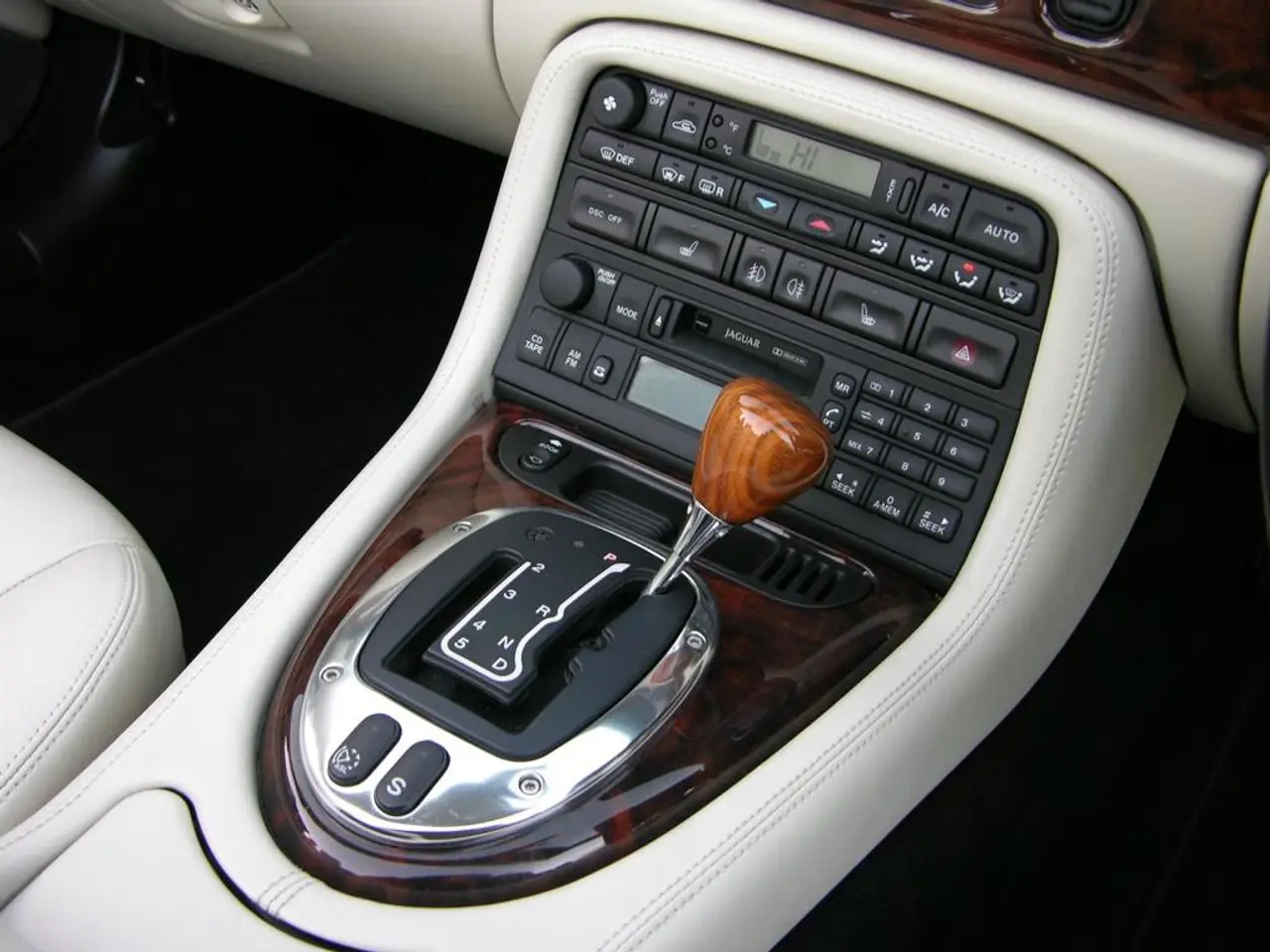Understanding Truck Mechanics: Decoding Gear Ratios and Their Implications
Optimising Truck Performance and Fuel Economy: Understanding Gear Ratios
In today's competitive trucking industry, every dollar counts. Choosing the right gear ratio for your truck can be the edge that keeps your business running stronger, longer, and more profitably.
The rear-end gear ratio in a truck determines how many times the driveshaft turns for every one turn of the rear wheels. A lower numerical ratio, like 3.08, provides less torque at the wheels, better for fuel economy, suited for flat terrain and high-speed cruising, but less suitable for heavy loads or steep climbs. On the other hand, a higher numerical ratio, such as 4.10, provides more torque to the wheels, better for hills, heavy loads, and stop-and-go work, but results in higher RPMs at cruising speed and lower top-end speed, negatively affecting fuel economy.
Reefer, national lanes, mixed weight: the ideal ratio is 3.36-3.55, focusing on balanced power and fuel economy. For heavy haul, local P&D, or regional bulk, the ideal ratio is 3.73-4.10, prioritising torque over MPG and suitable for tight turns and stop-and-go traffic. Final mile, metro/city work requires a ratio of 4.10, with a focus on acceleration, durability, and low-speed control.
The most common and versatile spec is a 3.55 ratio, good for mixed terrain, variable loads, and general use, offering a solid middle ground between power and economy. A 3.08 ratio is ideal for fuel-focused long-haul carriers running light loads on flat highways, not great for heavy freight or mountain terrain. A 3.36 ratio is a solid balance for moderate loads and moderate terrain, often used by fleets prioritising fuel savings but needing a bit more pull than 3.08 offers. A 3.73 ratio provides more pulling power, commonly found in trucks doing regional or mountain-heavy runs, reefer loads, or heavier general freight, with fuel efficiency dropping but getting the job done.
When considering gear ratios, it's important to ask yourself: what lanes are you running, what are you hauling, what's your average weight, and what speed do you cruise at. Then use those answers to match your ratio to your reality. It's also crucial to look at the whole driveline setup, including transmission type, number of gears, and tire size, as they all impact the final drive ratio's performance.
When buying a used truck, checking the gear ratio is important. You can find this information on the spec sheet or by looking for the tag on the differential. Re-gearing a truck is possible but expensive, costing $3,000-$5,000 per axle. It might be smarter for most small carriers to spec right from the start or trade into the correct setup rather than rework the drivetrain.
Direct drive gives better durability and consistent RPM at highway speeds but requires a lower gear ratio, while overdrive lets you cruise at lower RPMs with a higher rear ratio. In summary, optimal matching balances towing demands, engine capability, transmission features, terrain, and vehicle setup to ensure sufficient towing power, good throttle response, reduced drivetrain strain, and improved fuel economy.
- In the realm of personal-finance and wealth-management, strategic investing in the manufacturing sector could yield significant returns due to its impact on the economy.
- The lack of investment in data-and-cloud-computing and technology in the home-and-garden industry might hinder its future growth and competitiveness.
- As the popularity of American football, such as NFL and NCAAs, continues to rise, the sports industry is witnessing growth in real-estate demand for stadiums and training facilities.
- With the advent of online shopping, traditional brick-and-mortar stores in the retail sector are faces challenges, necessitating an emphasis on lifestyle offerings and personalized services.
- The trucking industry's focus on optimizing gear ratios for fuel economy and performance can also be applied to the field of business and lifestyle, seeking the optimal balance between energy consumption and success.
- In the world of finance, understanding the dynamics of industries like manufacturing, real-estate, and sports can provide valuable insights for making informed investment decisions.
- The proper selection of a gear ratio in the trucking industry parallels the importance of setting the right financial goals, whether you're aiming for high-speed cruising or tackling steep climbs in your personal-finance journey.
- Just as you would replace worn-out tires to improve your truck's performance on the road, reviewing your investment portfolio regularly can ensure a smoother ride through the financial landscape.
- When contemplating a financial decision, assessing factors like the market condition, investment type, risk tolerance, and long-term goals serves as an essential step in achieving your desired lifestyle and wealth management objectives.




